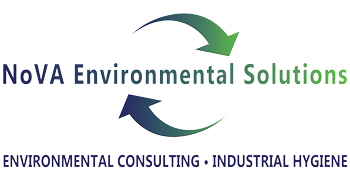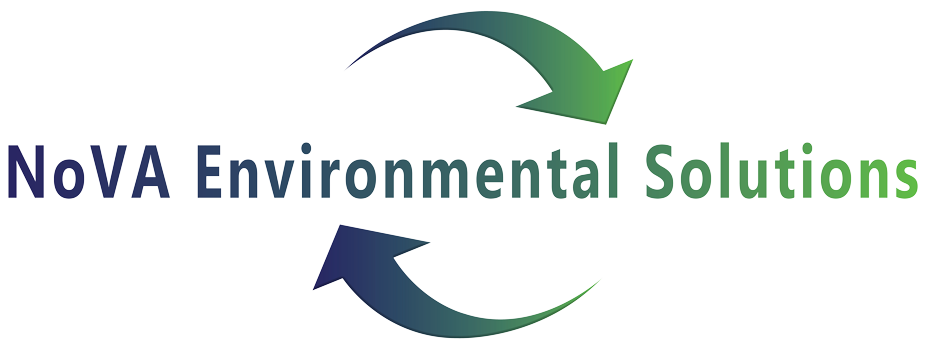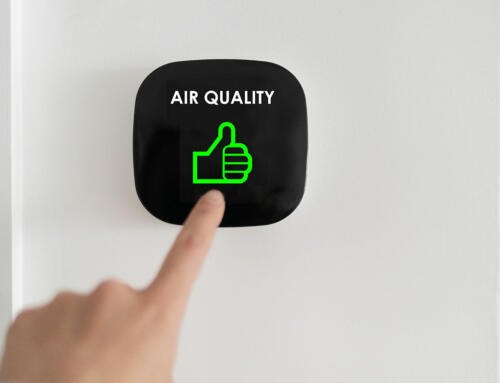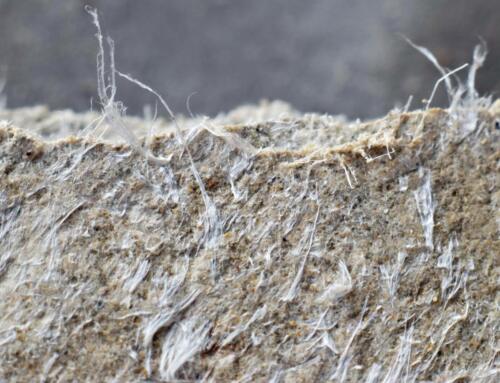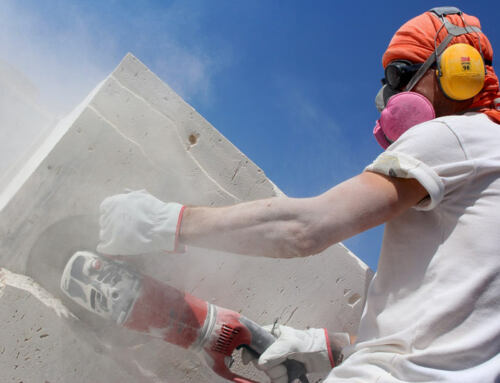Re-opening Buildings After Prolonged Shutdown or Reduced Operation
What hazards should you check for?
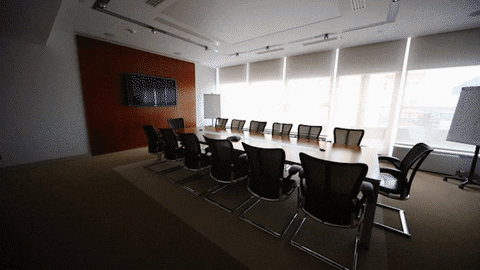
A temporary shutdown or reduced operation of a building and reductions in normal water use can create hazards for returning occupants. Hazards include Legionella (the cause of Legionnaires’ disease), mold, and lead and copper contamination from corroded plumbing. Other air quality pollutants like sewer gasses, volatile organic compounds, and more may be present due to reduced operation of the building’s HVAC system.
Legionella can develop in water systems, especially after not being used or shut down for a “prolonged period”. A “prolonged period” may be weeks or months depending on plumbing-specific factors, disinfectant residuals, water heater temperature set points, water usage patterns, and preexisting Legionella colonization. 1
Mold can develop indoors even without there being a water leak. Under the right conditions molds can begin to grow in days, weeks, or months depending upon building-specific factors, season, and weather variables. 2
For lead and copper can accumulate in stagnant water over a “prolonged period”, which may be hours, days, weeks, or months depending on plumbing and water-specific factors, the amount of time the water remains stagnant inside the pipes, whether there are protective scales or coatings present inside pipes that prevent metals from leaching into water, and the materials used to build the plumbing system. 3
Legionella and Legionnaires’ Disease
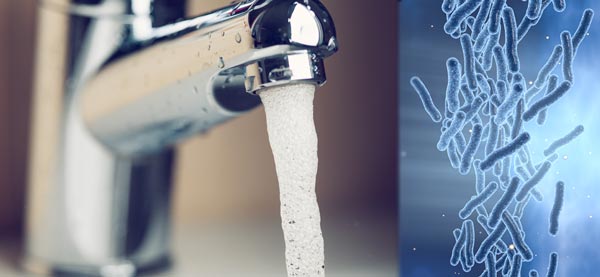
Stagnant or standing water in a plumbing system can increase the risk for growth and spread of Legionella and other biofilm-associated bacteria. When water is stagnant, hot water temperatures can decrease to the Legionella growth range (77°–113°F, 25°–42°C). Stagnant water can also lead to low or undetectable levels of disinfectant, such as chlorine. Ensure that your water system is safe to use after a prolonged shutdown to minimize the risk of Legionnaires’ disease and other diseases associated with water.
Mold
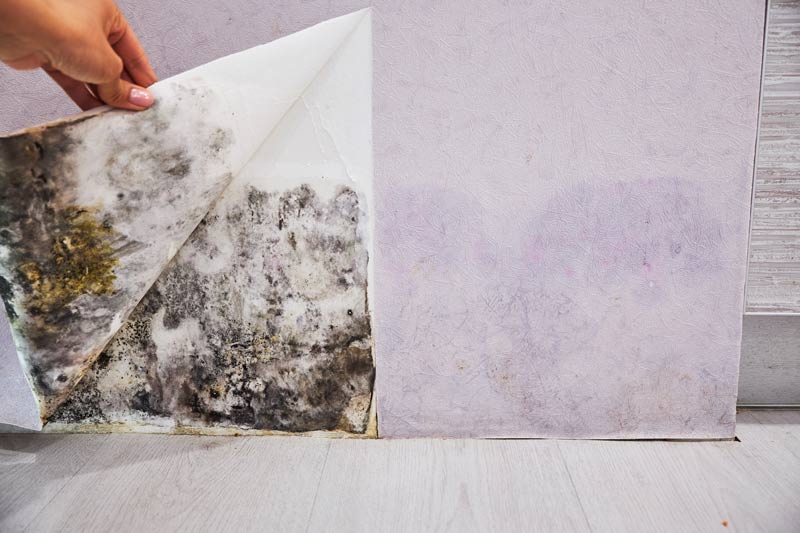
Mold will grow on building materials where there is moisture, produced from leaks or floods, condensation from roofs, windows, or pipes, or high humidity. Mold can grow on a variety of surfaces, such as ceiling tiles, wallpaper, insulation, drywall, carpet, and fabric. People with asthma and other respiratory conditions and those with mold allergy or weakened immune systems should avoid buildings suspected or confirmed to have mold contamination. Ensure that your building does not have mold after a prolonged shutdown to maintain a safe working environment for returning occupants.
Lead and Copper in Building Water Systems with Low or No Use
Metals, such as lead and copper, can enter drinking water in a building from corrosion of a building’s plumbing (pipes, fixtures). Corrosion is a chemical reaction that dissolves or wears away metal from pipes and fixtures. Corrosion may occur during long periods of low or no water use, leading to potentially high levels of lead or other metals in the building’s drinking water. Lead is harmful to health, especially for children, as there is no known safe level in children’s blood.
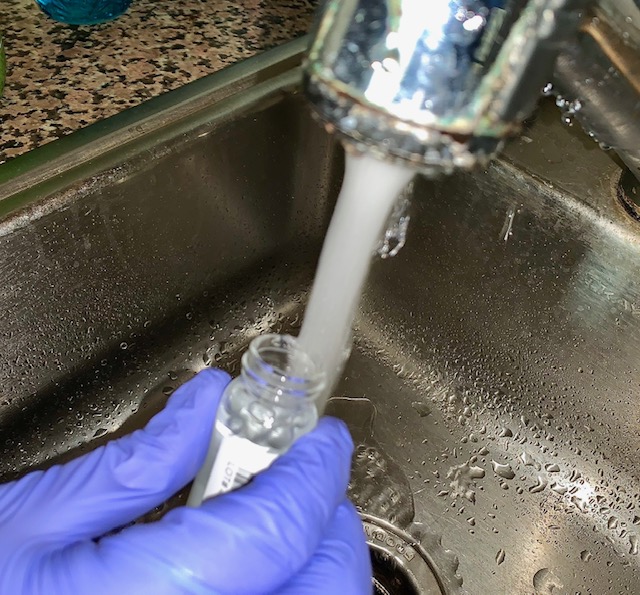 For more information on corrosion and how lead gets into water, visit CDC’s Lead in Drinking Water webpage or EPA’s Basic Information About Lead in Drinking Water.
For more information on corrosion and how lead gets into water, visit CDC’s Lead in Drinking Water webpage or EPA’s Basic Information About Lead in Drinking Water.
Additionally, water sitting stagnant (not flowing) in the pipes can make the water chemistry more corrosive over time and use up any corrosion control chemicals added by water utilities to limit the release of lead and copper. This may further disturb protective pipe scales or coatings inside plumbing materials. If pipe scales are disrupted, lead and copper could continue to be released at higher levels until the scales are restored after the building returns to normal operations.
To prevent high levels of lead and copper in the drinking water while there is low or no use of the building, follow EPA’s Maintaining or Restoring Water Quality in Buildings with Low or No Use guidance. This guidance has strategies to maintain the water quality in the building and prevent water stagnation. Maintaining water quality will flush potentially corrosive water and disrupted pipe scale containing lead out of the pipes. It will ensure fresh water containing proper levels of corrosion control chemicals is brought into the building and help restore any disrupted pipe scales prior to building opening.
